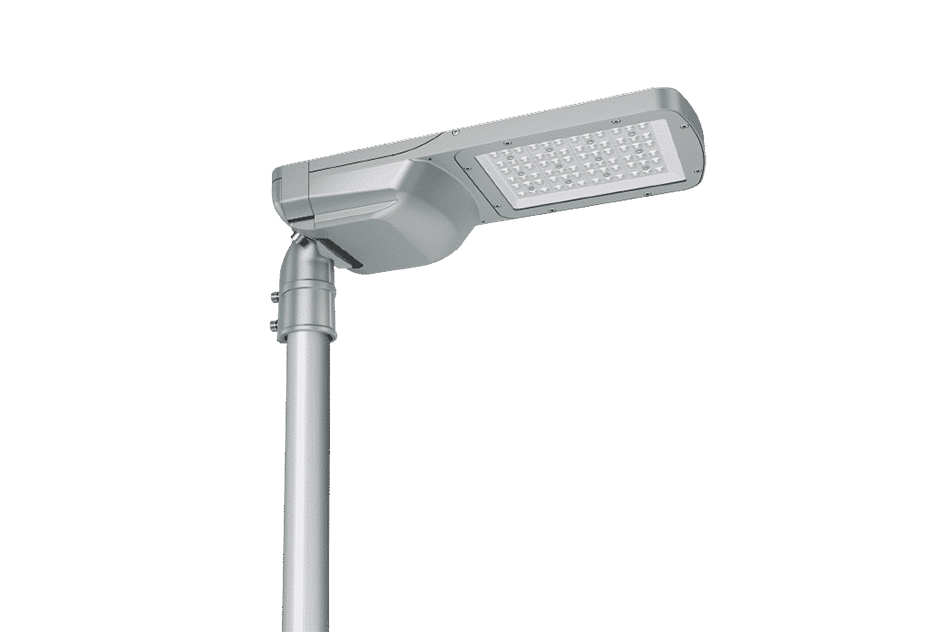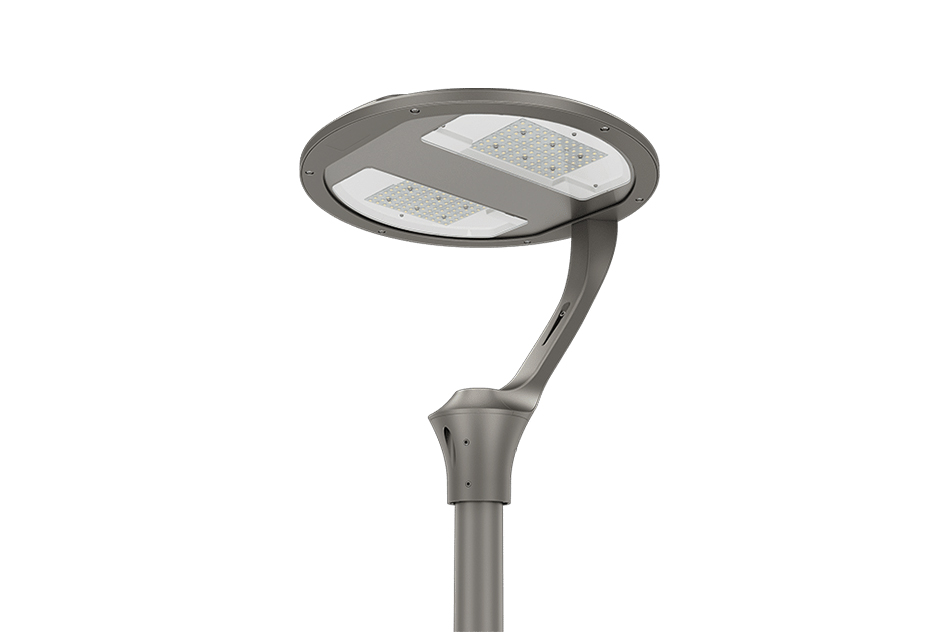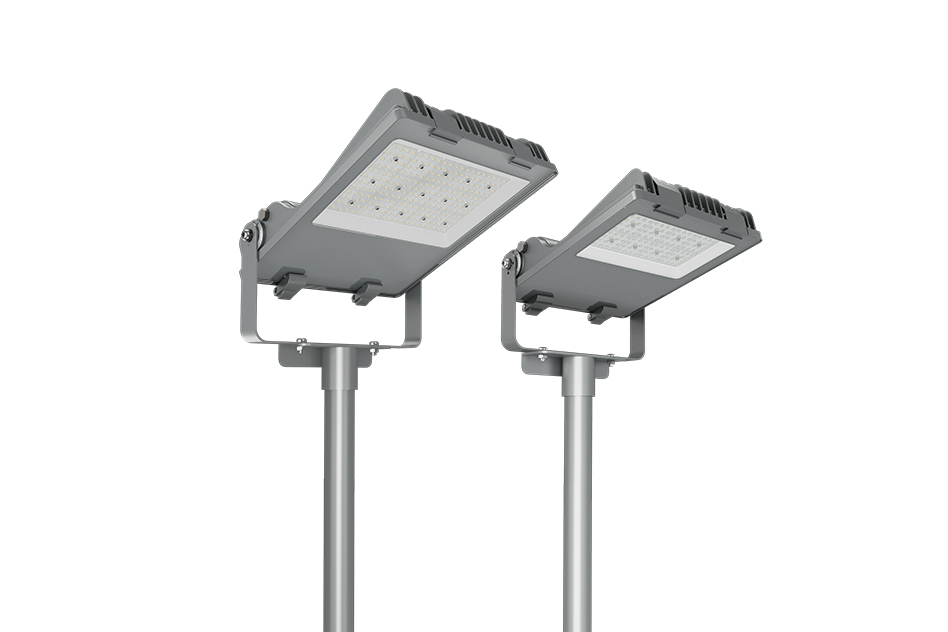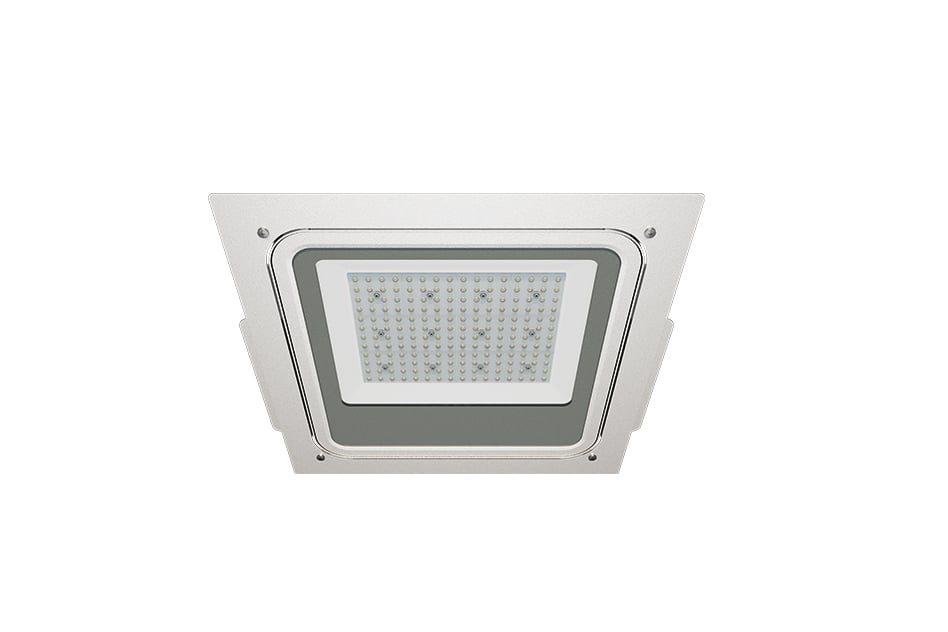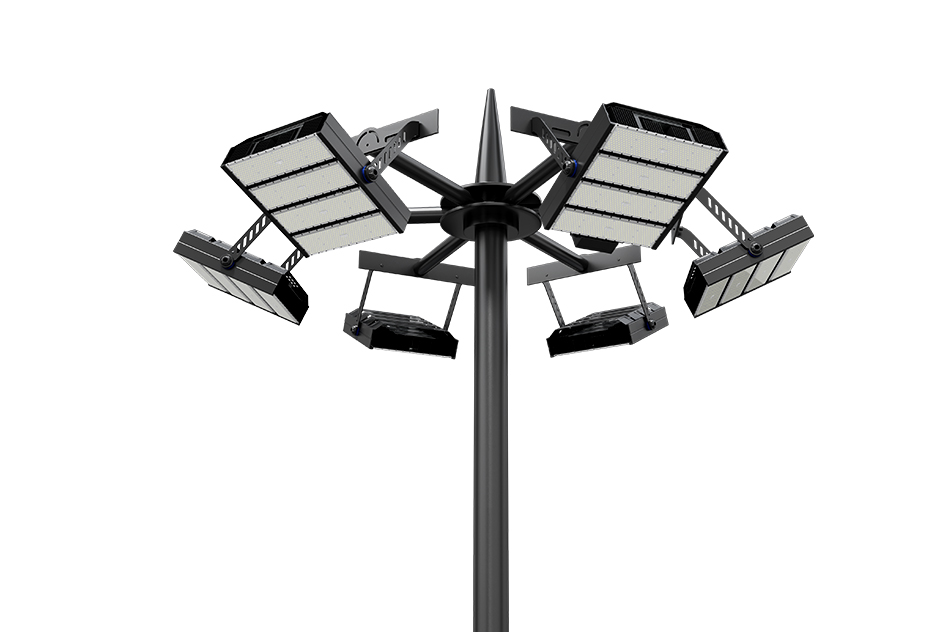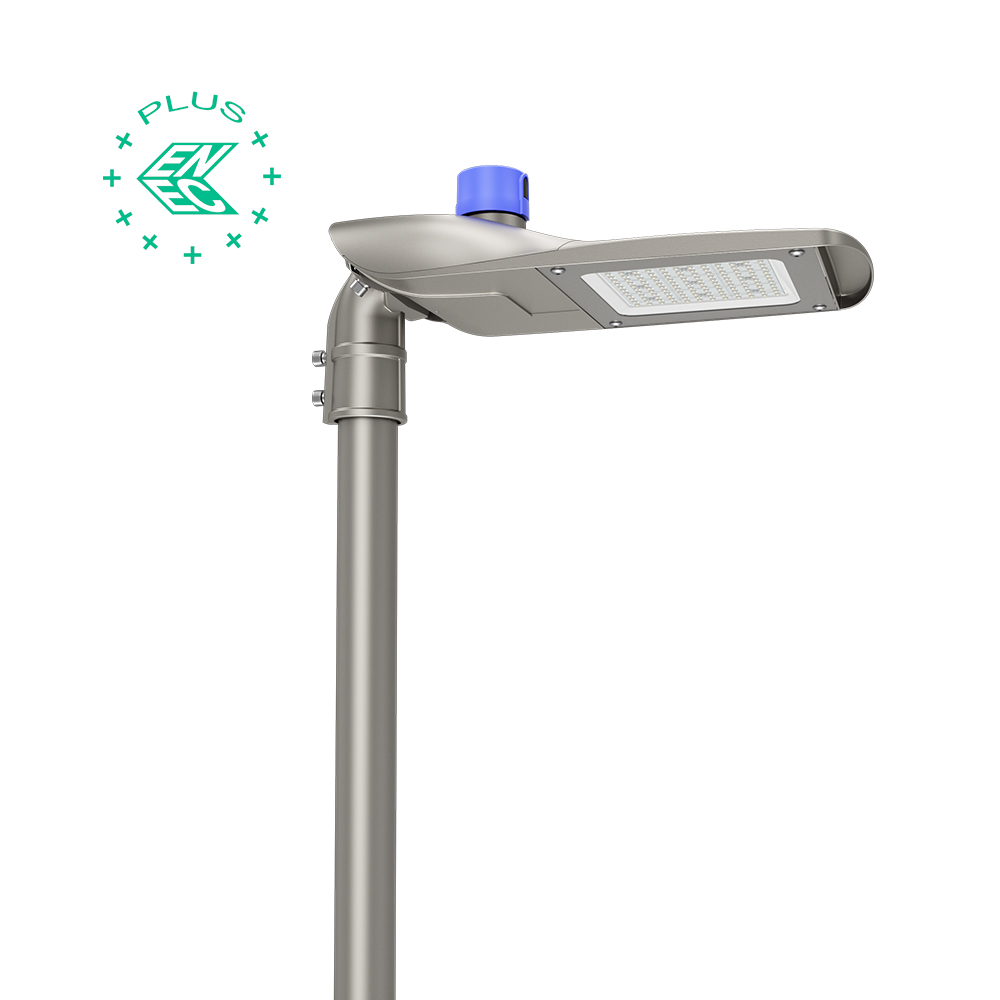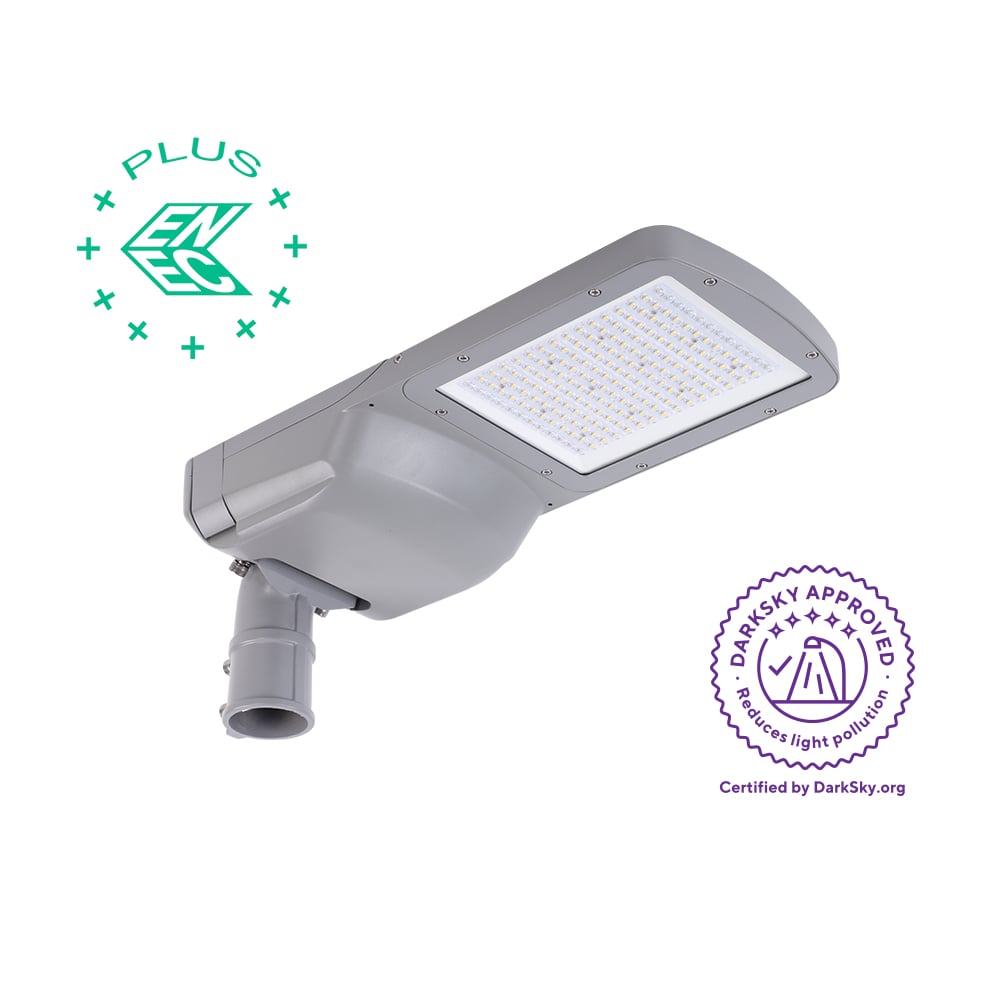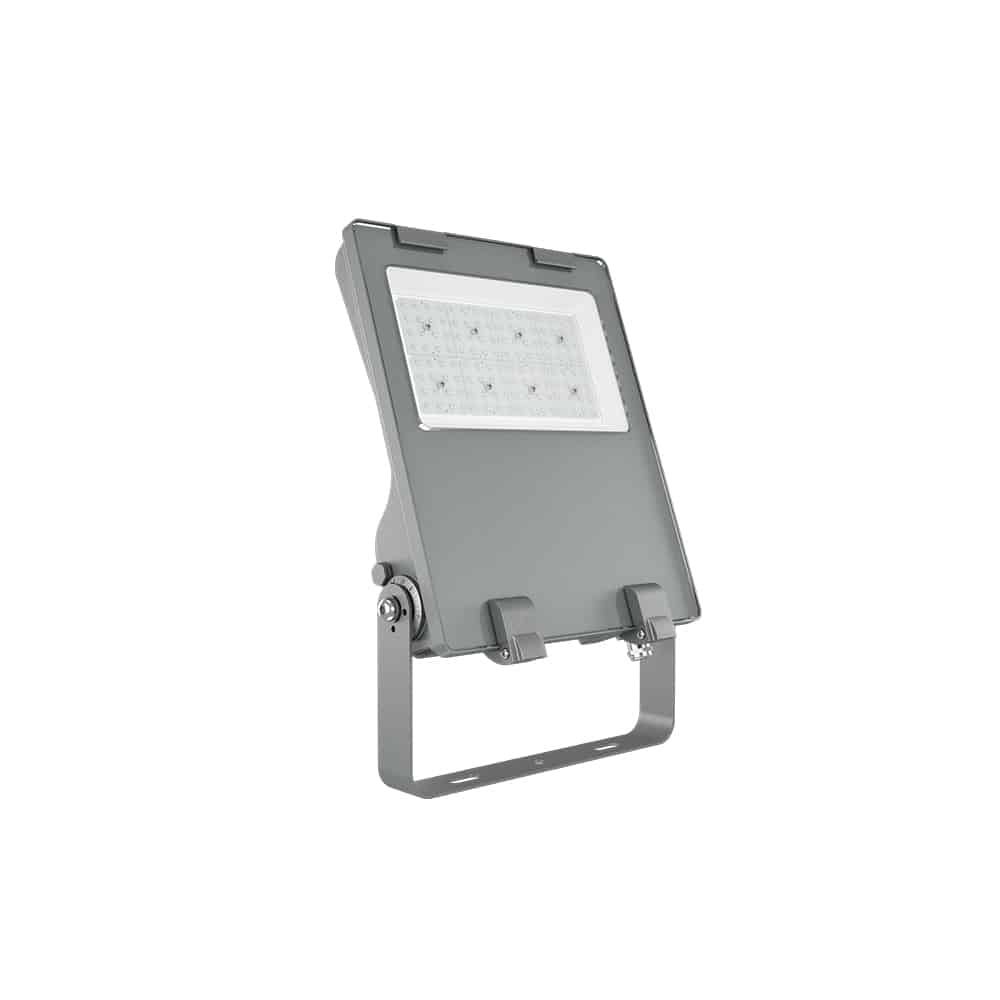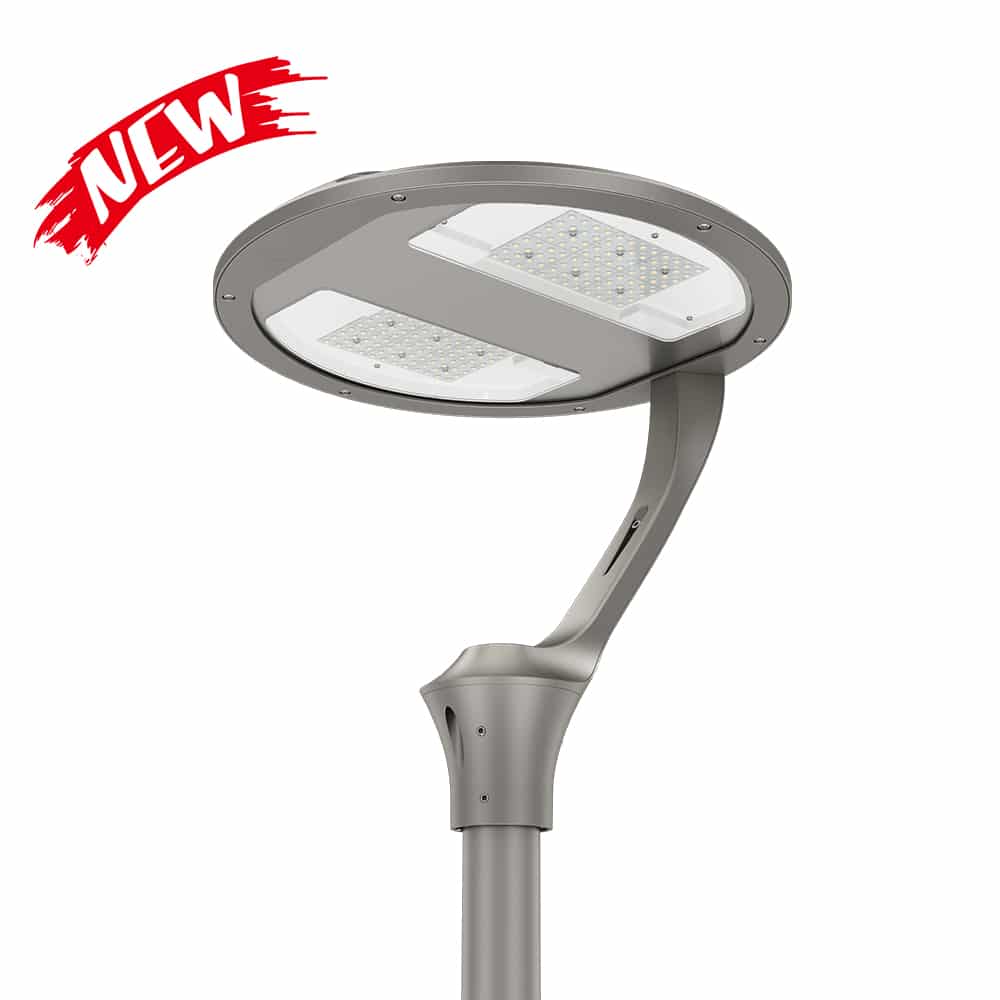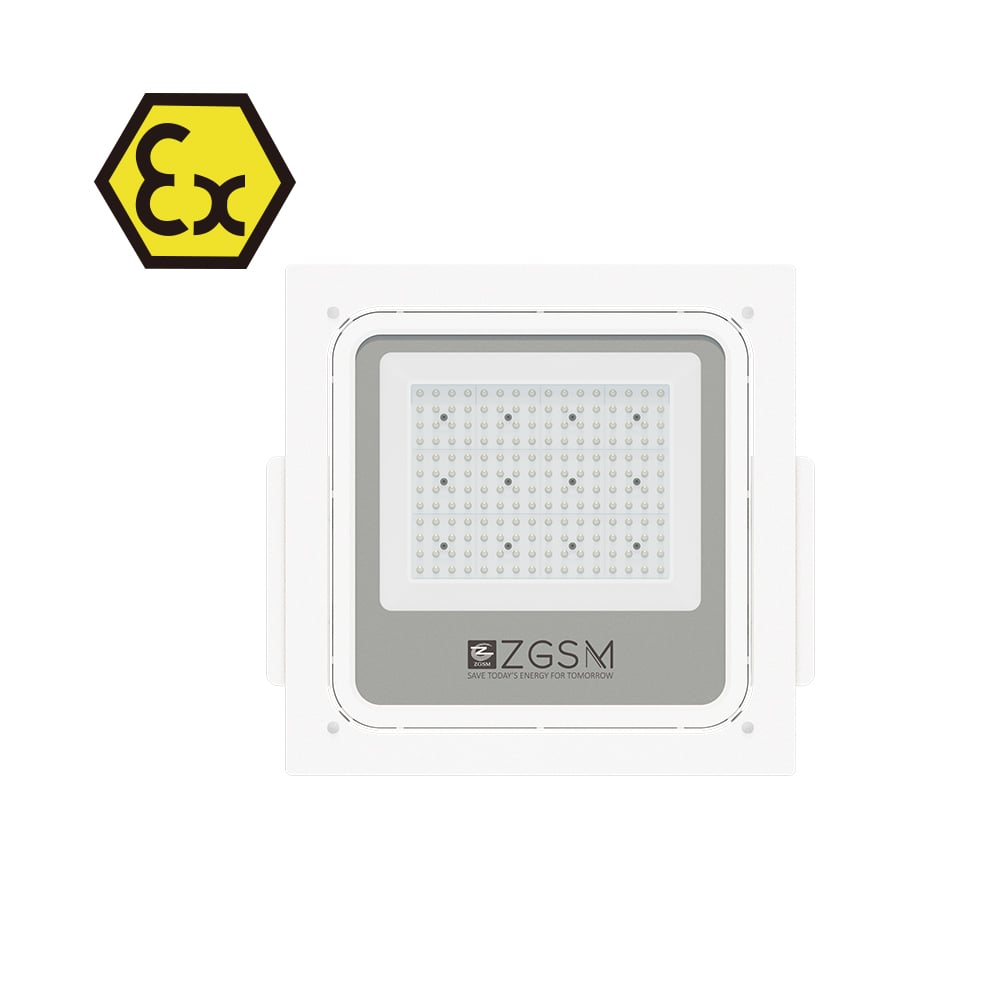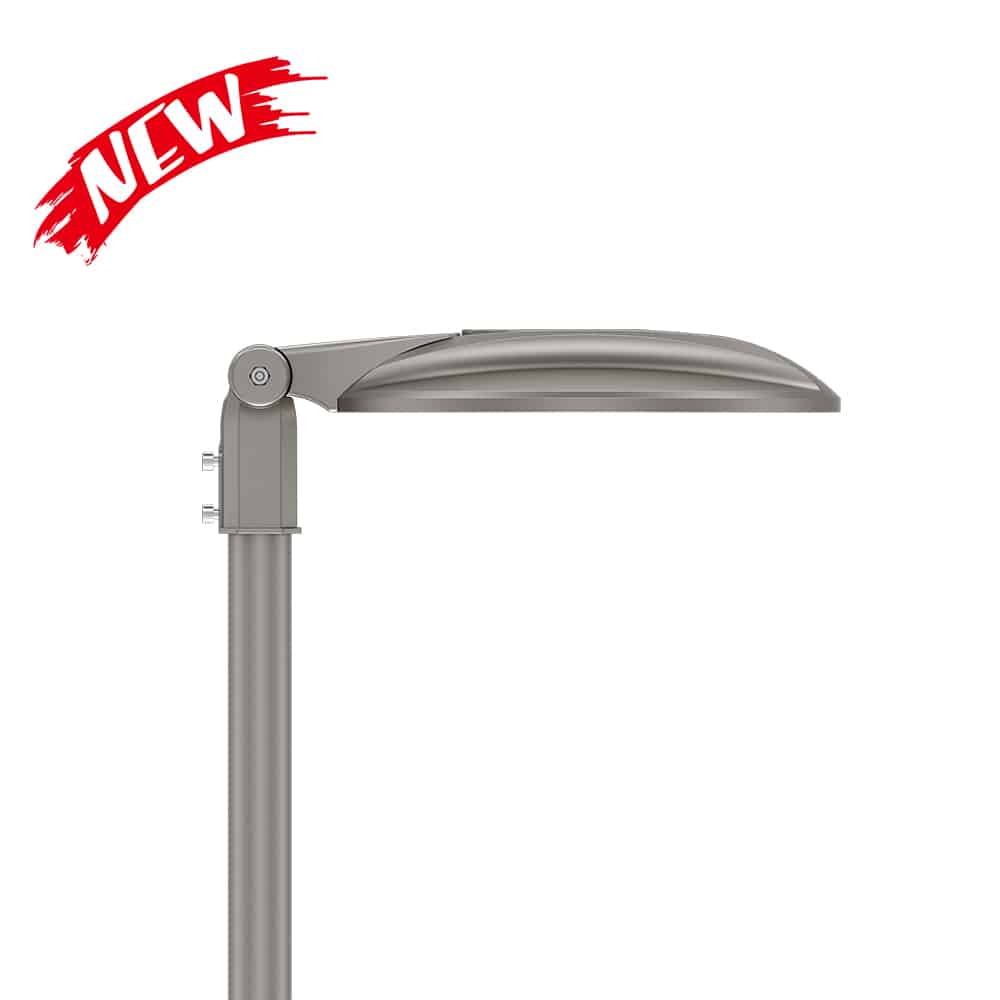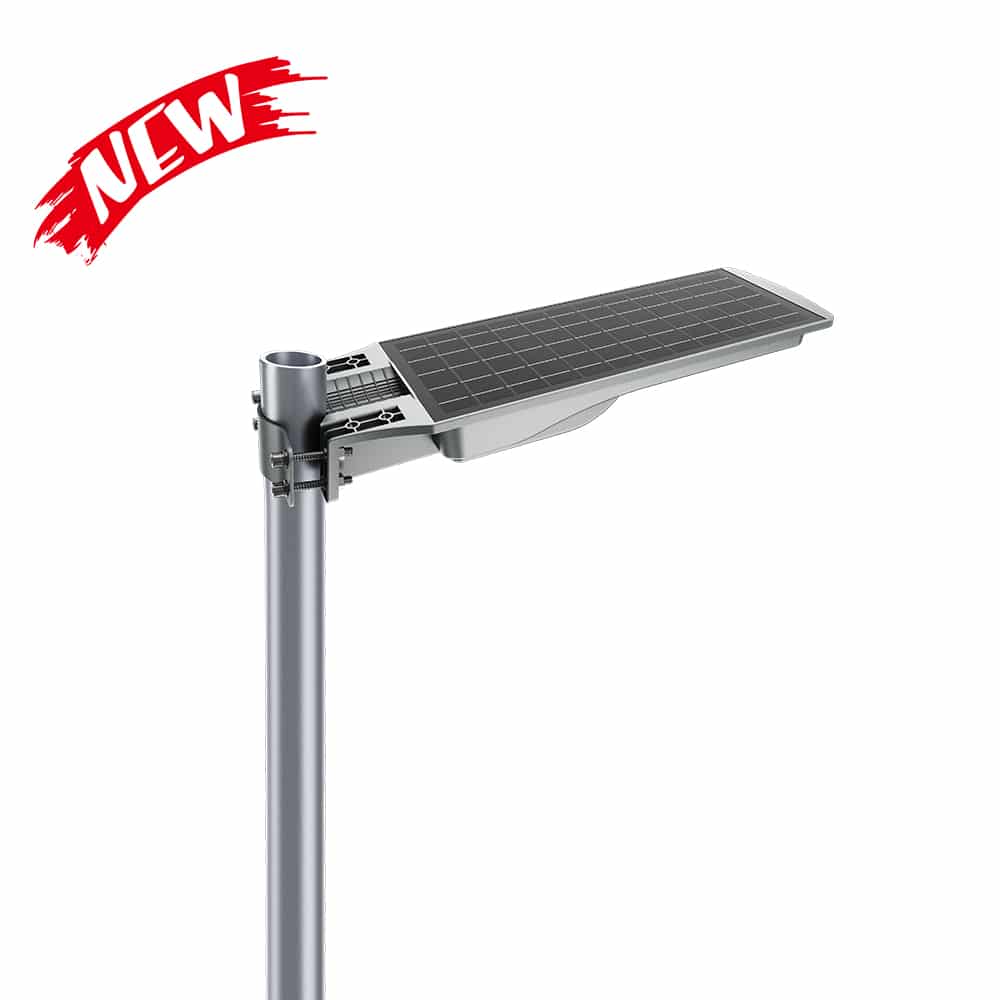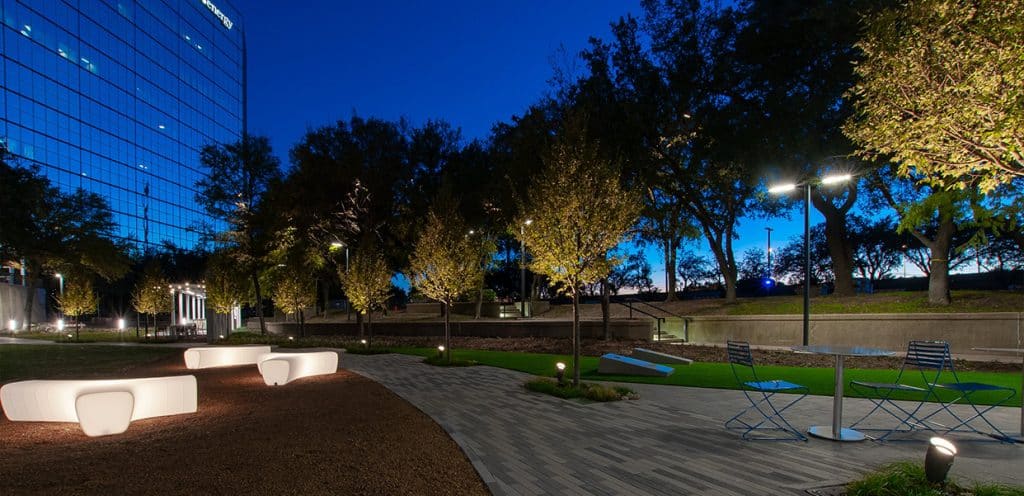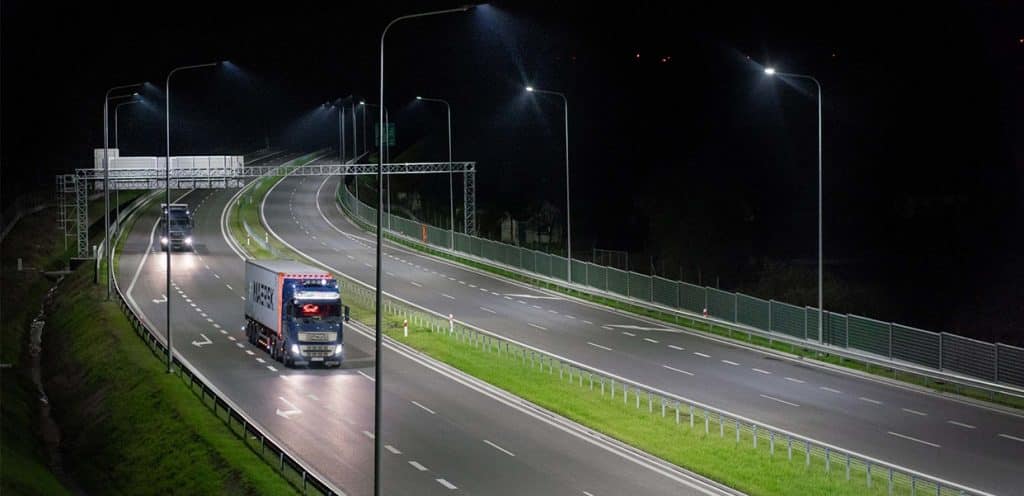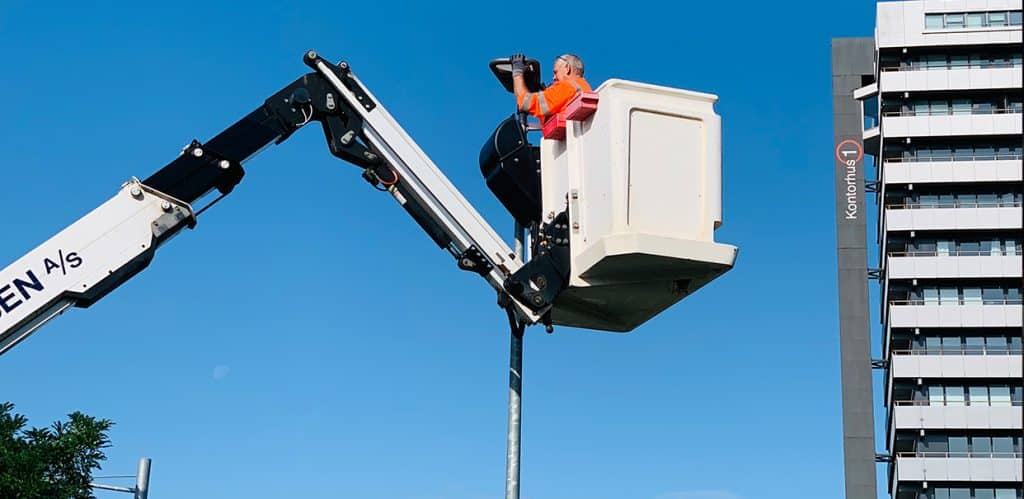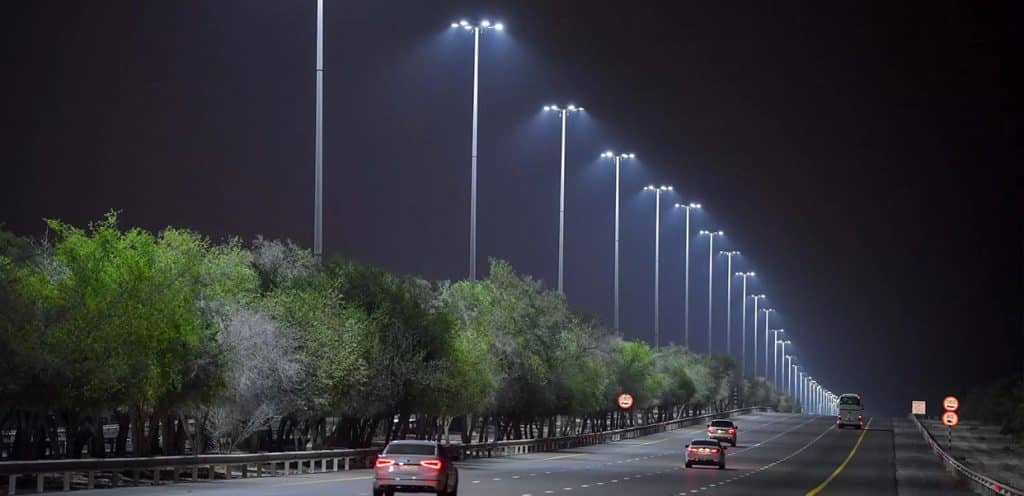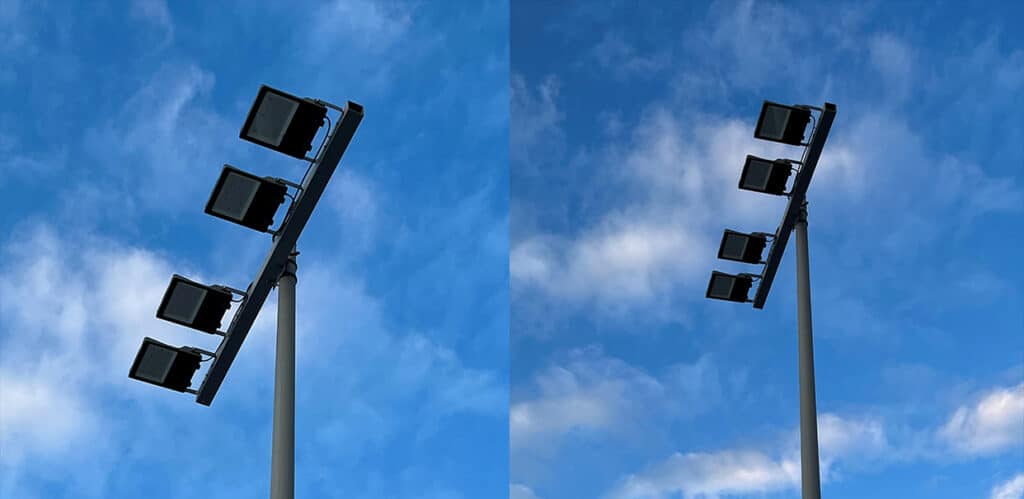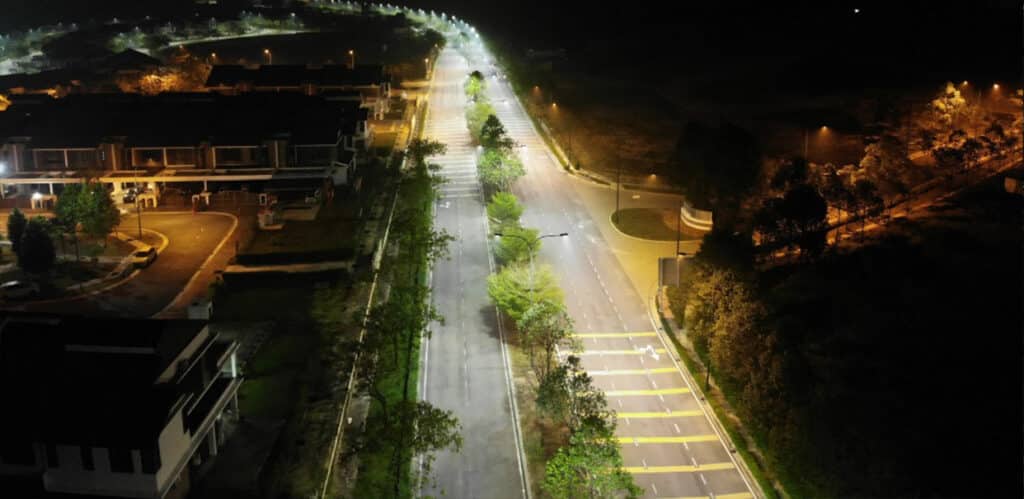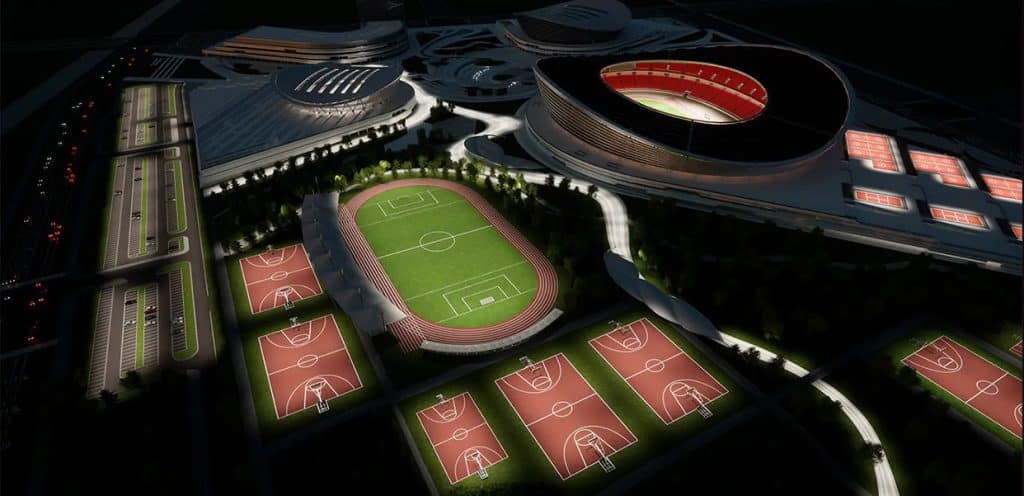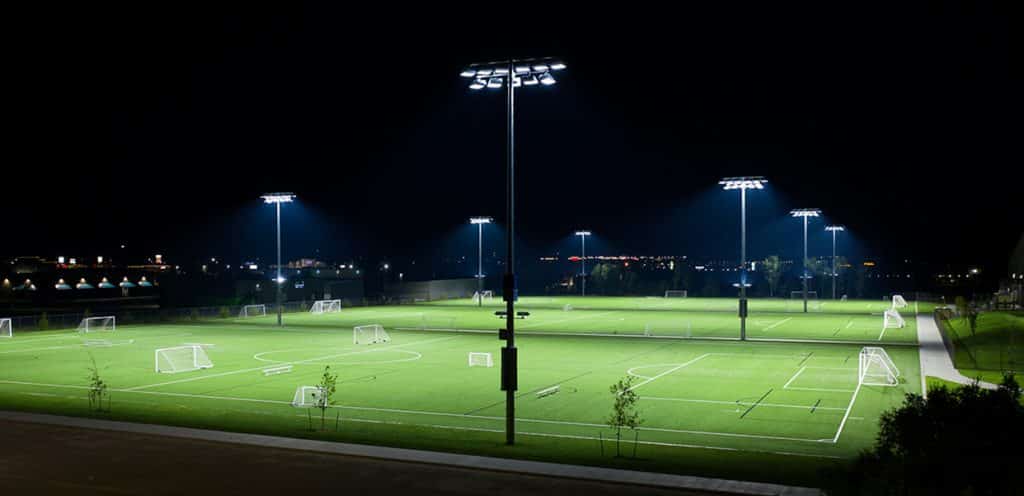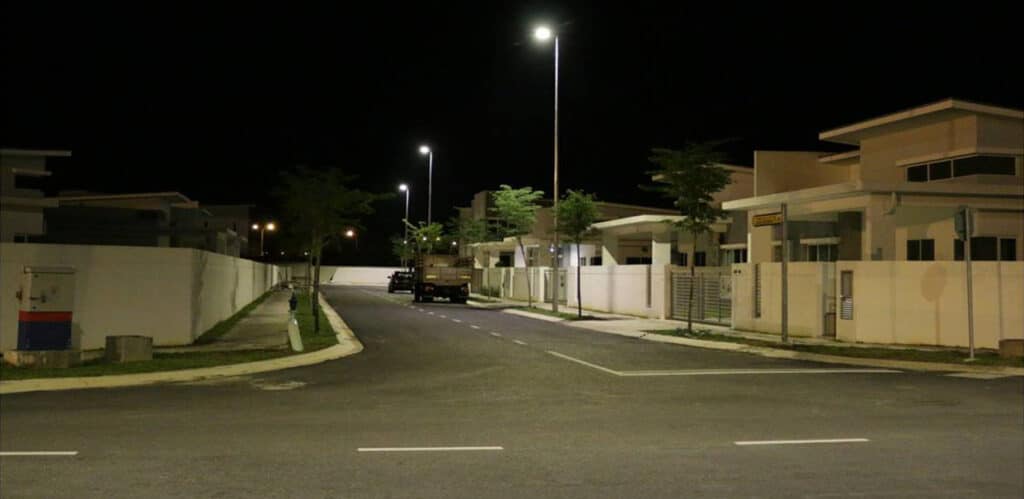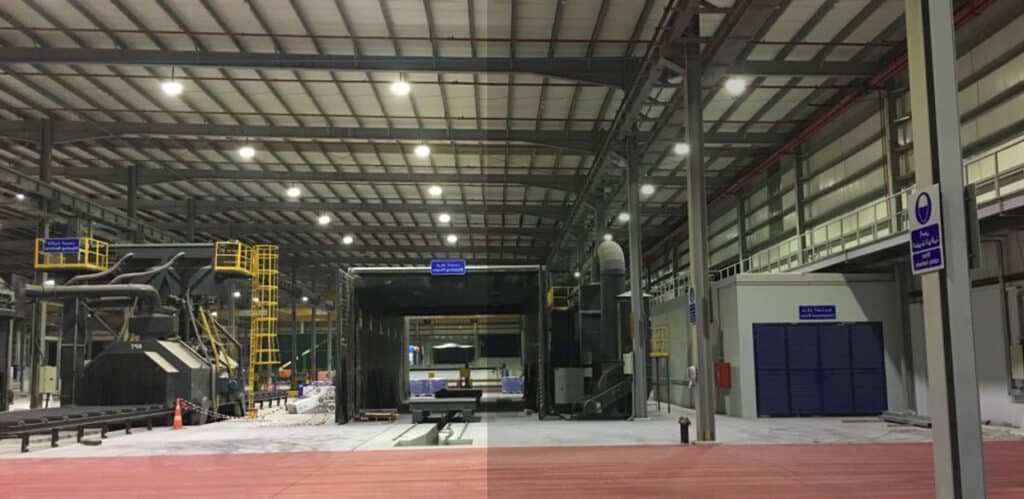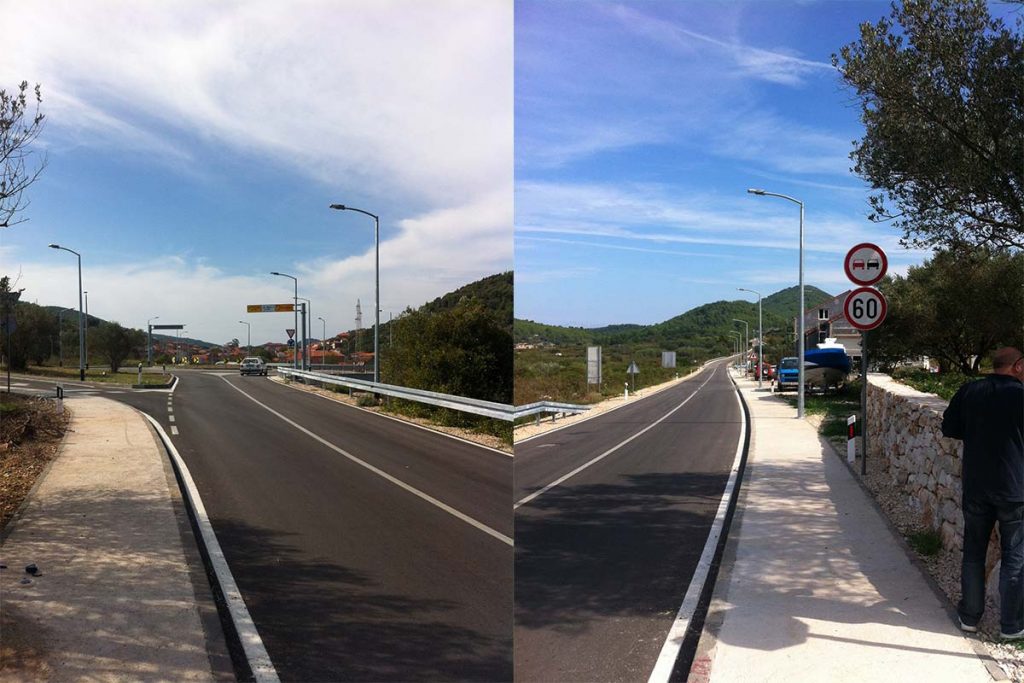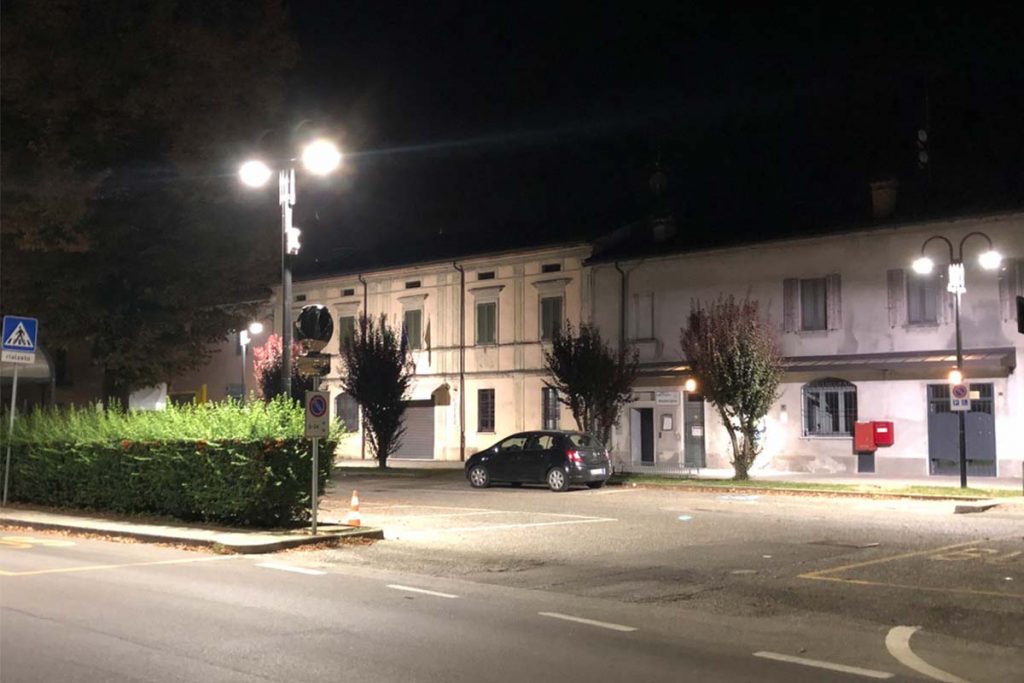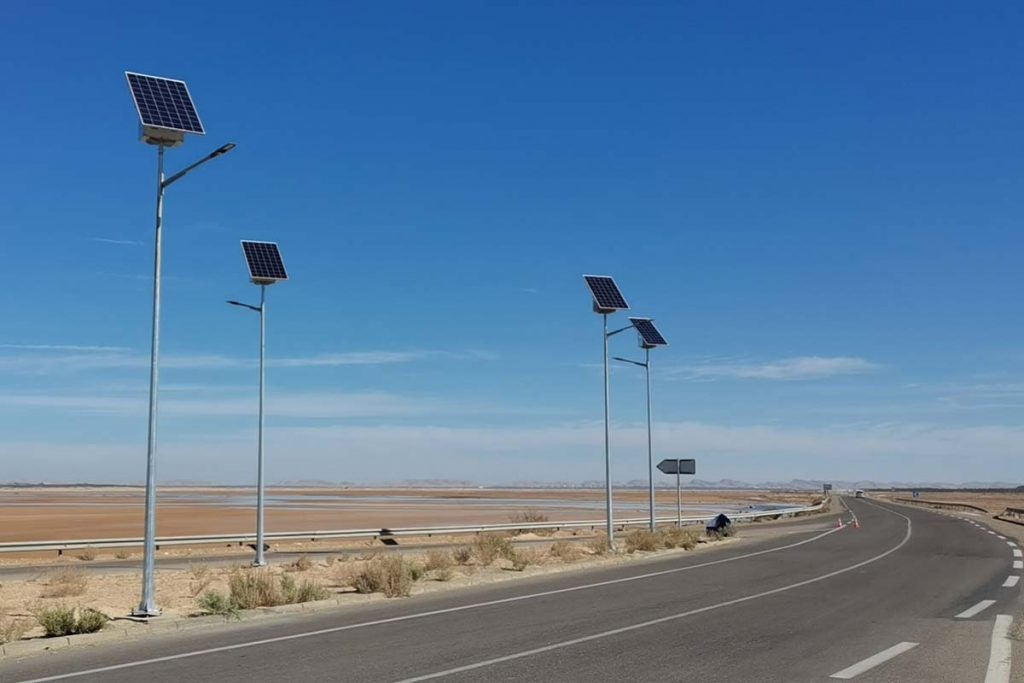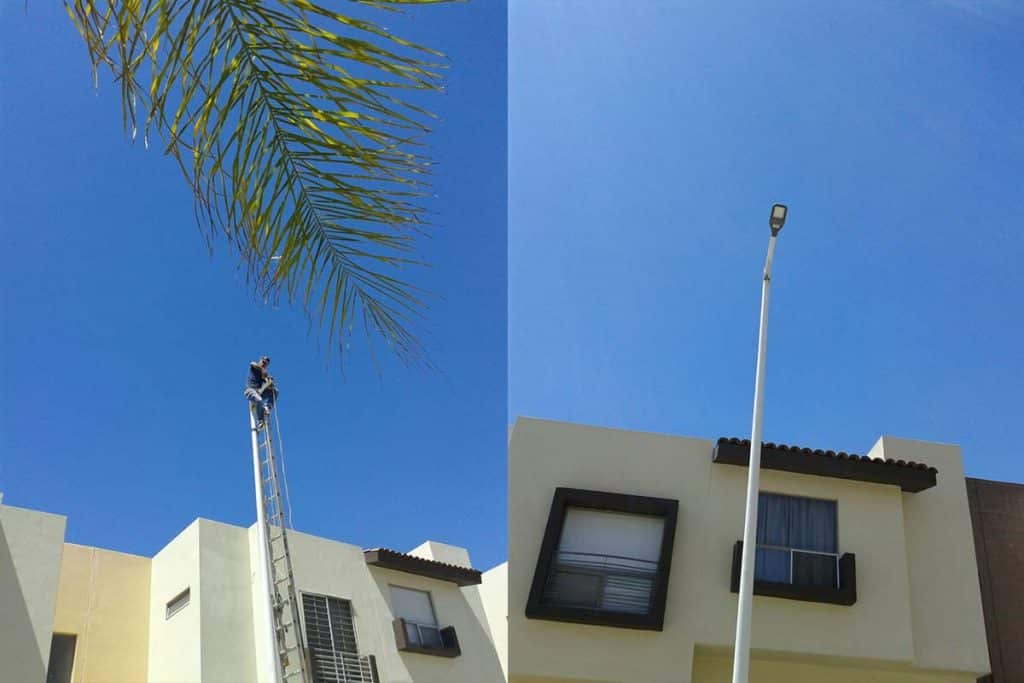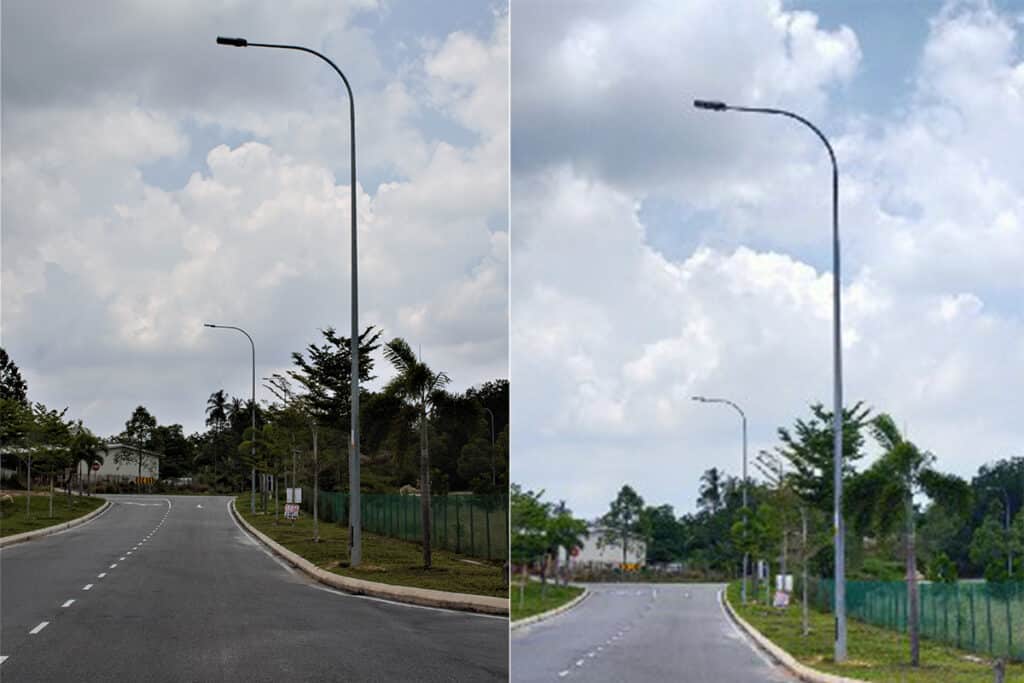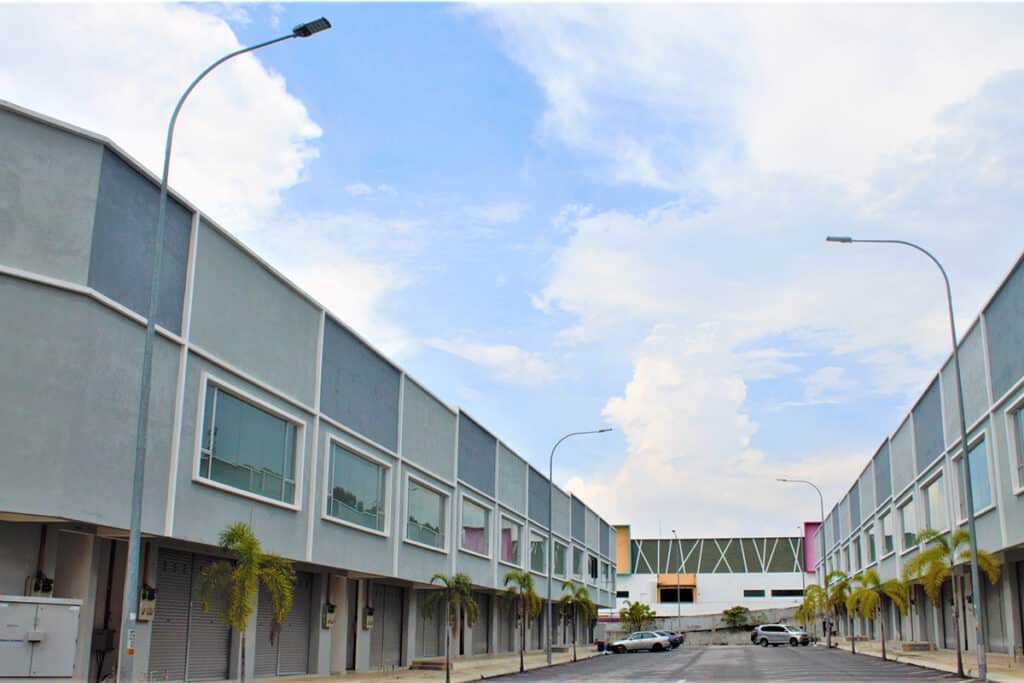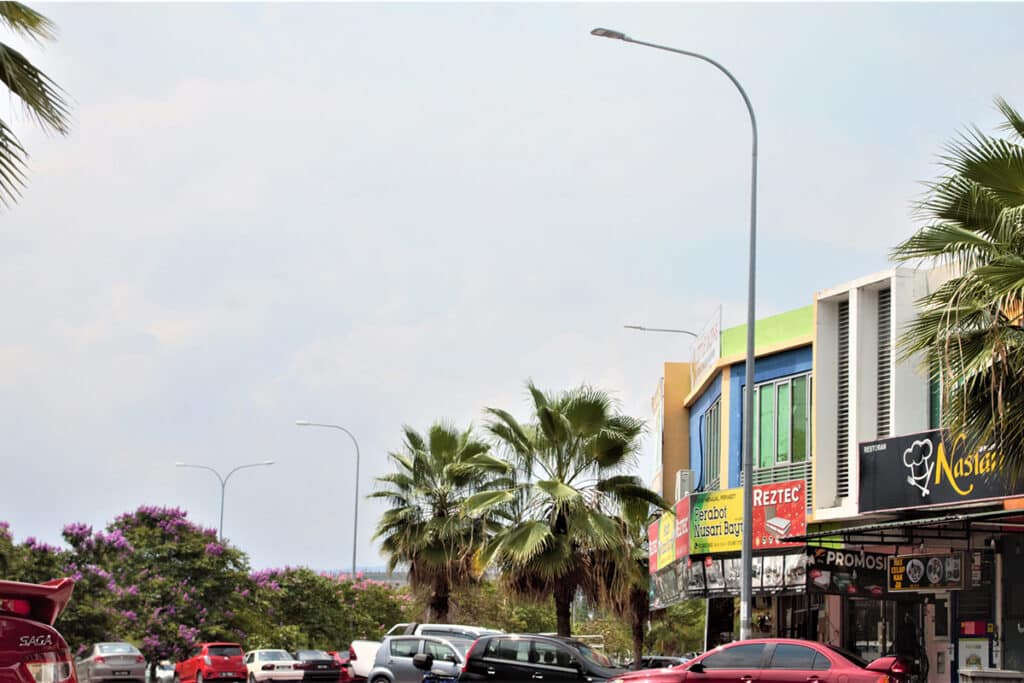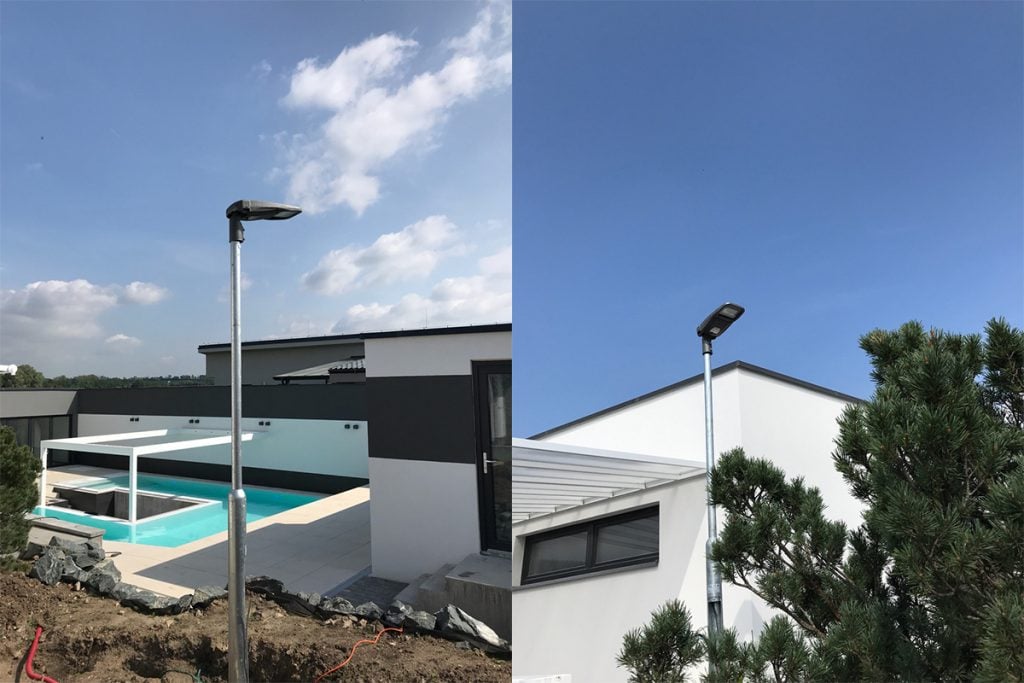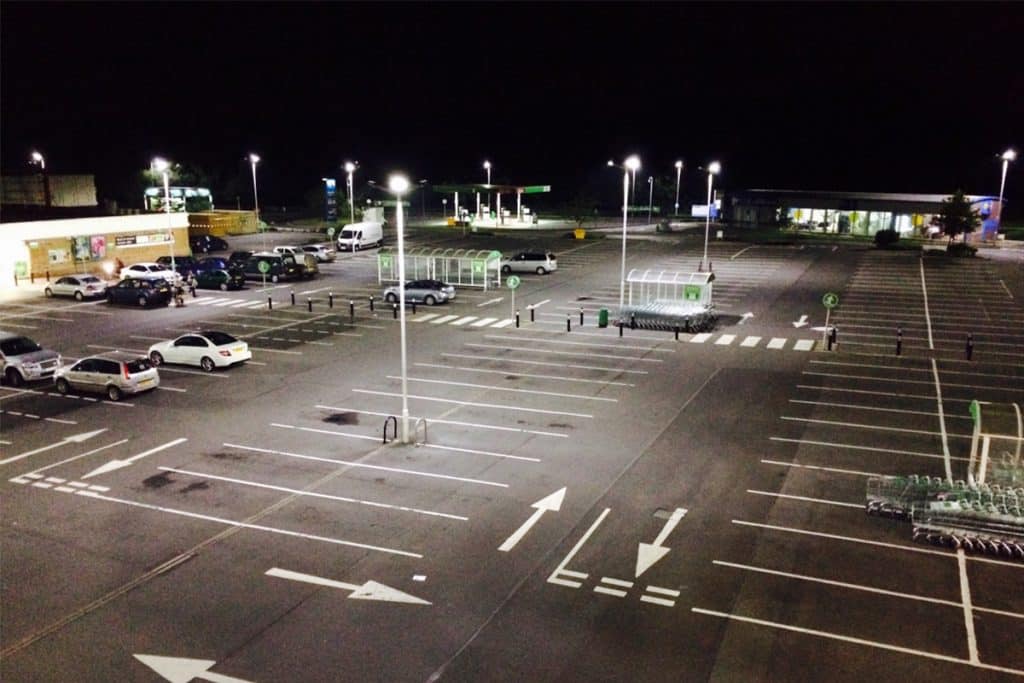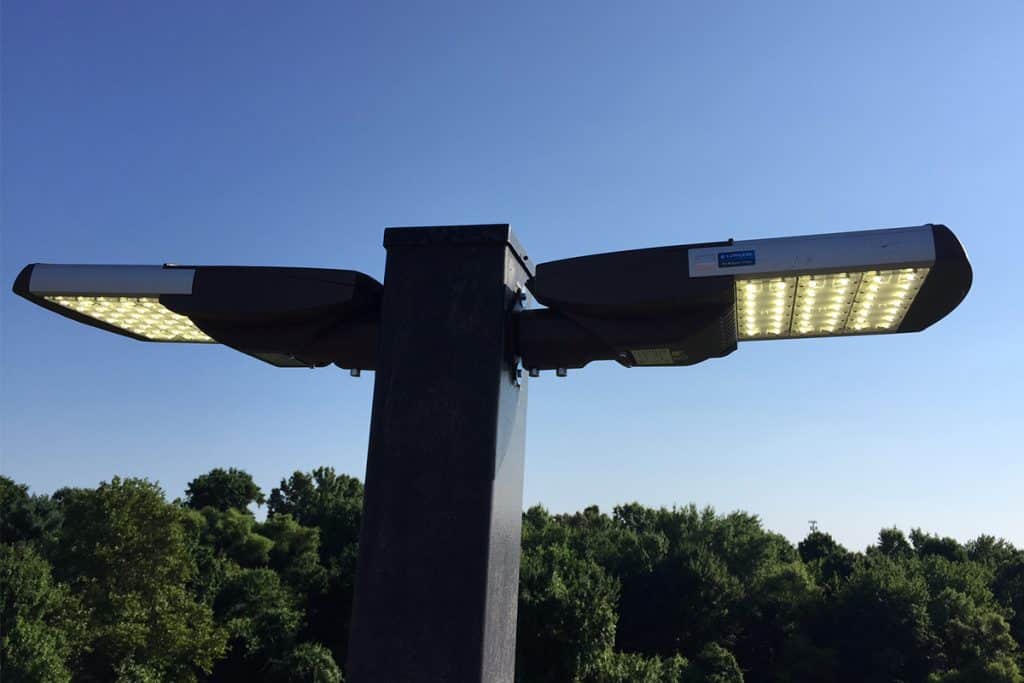Lighting calculation – street lighting, sports lighting and other exterior lightings
Lighting calculation – street lighting, sports lighting and other exterior lightings
Introduction
Lighting calculation refers to a series of techniques and methods used in designing lighting systems. Its aim is to determine the required illumination levels and select appropriate lighting fixtures, configurations, and placements to ensure the desired lighting effects within a specific space. Lighting calculation involves numerous factors, such as site layout, lighting standards, types and wattages of fixtures, as well as the lenses of the fixtures. In lighting calculation, terms like Dialux, Relux, AGI32, among others, are commonly heard as they denote specialized simulation software. Once various factors influencing lighting outcomes are confirmed, these simulation tools are employed for photometric analysis, illuminance distribution, luminous intensity, and calculations of parameters such as illuminance and uniformity. These calculations are utilized to evaluate the lighting effects in specific areas and optimize them according to design parameters. Through these calculations and analyses, users can assess and optimize various design schemes, including different types of fixtures, their layouts and positioning, as well as the control methods for lighting systems, all with the goal of achieving optimal lighting effects and energy efficiency.
Why go with lighting calculation?
Lighting calculation plays a key role in lighting design. It can not only assist in selecting appropriate lighting solutions (including type and quantity of lamps), but also optimize lighting effects. In addition, it plays an important role in energy conservation and environmental protection (avoiding excessive lighting), improving comfort, avoiding glare and light pollution, and improving space aesthetics.
- Appropriate lighting solution: Lighting calculations can help us choose the most suitable type, quantity, wattage and lens of lamps. These factors directly affect the realization of lighting effects.
- Optimized lighting effects: Lighting calculations ensure that you get the right amount of lighting everywhere in your project and that the illumination, or brightness, is evenly distributed. Through continuous calculation and optimization, the implementation of the project can be carried out according to the lighting simulation, thus obtaining optimized lighting effects.
- Energy saving and environmental protection: lighting calculations can optimize energy use. By rationally selecting the placement, quantity, wattage and lenses of lamps, we can choose the best lighting solution to make the lighting project more efficient, energy-saving and environmentally friendly.
- Avoid glare and light pollution: Lighting calculations help avoid glare and light pollution. Through reasonable lighting design, glare and light pollution can be effectively reduced, thereby protecting the health and safety of humans and wildlife.
- Improve the aesthetics of space: Lighting calculations can optimize the layout and angle of light sources, giving projects better visual effects and making them more attractive. In addition, the use of high-quality LED chips can improve the color reproduction performance of lighting, thereby improving the comfort of indoor lighting.
How to go with lighting calculation?
Lux is the unit used in the International System of Units (SI) to measure illuminance, representing the amount of luminous flux received per unit area. Typically, we use lux to indicate the lighting effect of fixtures. Lighting calculation enables us to determine the illuminance achieved on the illuminated area through simulated calculations, aiding in determining the required number of fixtures. However, we can also measure actual illuminance on the illuminated area using a light meter. Different formulas can be used to calculate light intensity under various circumstances. To illustrate this, we categorize these scenarios into three types:
E = F / A
For example, in a 3×3 meter room, a 48W 4500lm canopy light is installed. Applying the formula E=4500/3/3=500lux, it can meet the lighting needs of a normal room. If the room is used as a study room, a wattage of 72W or higher is required.
E = F x Q x MF / A
For example, a 36x18m tennis court is equipped with 8 pieces 320W 150lm/W high-power floodlights. Apply the formula E=320W*150lm/Wx8x0.8/36/18=474lux. Of course, this is only an estimate. In actual applications, outdoor lighting will cause part of the light to accidentally illuminate the target area due to various reasons, causing the illumination value calculated by this method to be much smaller than the simulated value. According to the experience of the ZGSM technical team, when calculating the illumination value through this method, it is recommended that the value of this coefficient is about 0.8.
Lighting simulation
In addition to calculating lighting effects using the above formulas, we recommend clients utilize lighting simulation results to determine the suitability of the lighting. The general steps typically involve confirming the site dimensions, selecting lighting standards, followed by fixture selection and arrangement (where we can estimate suitable fixture wattage and quantity through steps 1 and 2), importing into lighting simulation software for result computation, and finally, fine-tuning, optimizing, and exporting the report. In practical applications, different outdoor lighting simulations exhibit certain differences. Below, we explain each scenario separately.
Lighting calculation of street lighting
In outdoor lighting simulations, road lighting stands as the most common demand. Clients frequently inquire about the suitable wattage for streetlights on a 7-meter-wide road with 6-meter-high poles. Based on our experience, knowing these conditions can roughly determine the appropriate wattage (xxxW, based on M4a standards). If your lighting requirements are higher, it might necessitate increasing the wattage of the fixtures or enhancing their efficiency. In road lighting simulations, brightness is typically the primary requirement for the roadway, while illuminance is the primary consideration for sidewalks and conflict areas. For more details, please refer to another article of ours. With these settings and fixture arrangements (usually determined by project requirements), we can input these parameters into Dialux for lighting simulations. Here are the basic steps for road lighting simulation.
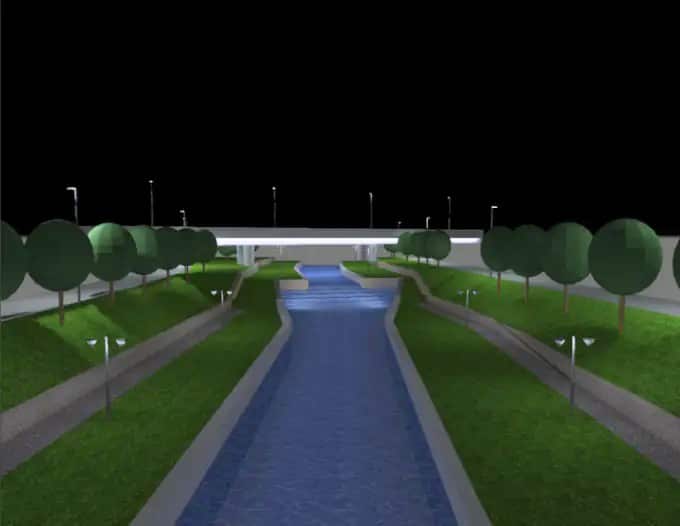
Steps for street lighting design
- Road composition (including carriageway, sidewalk, median, road width, number of lanes)
- Lighting standards (M lighting class – M1, M2, M3, M4, M5, M6, P lighting class, and C lighting class). Refer to road lighting design
- Luminaire layout (pole height, spacing, outreach, angle, distance of poles from the road edge). Refer to luminaire-arrangement-of-street-light-led
- Selection of luminaire IES, import into Dialux, and calculations (adjust or replace wattage and lens if necessary).
- Exporting the report
Lighting calculation of sports lighting
For sports lighting, clients often inform us about a field that requires illumination. However, while they might be aware of the field’s size, they might not be clear about the lighting requirements, as well as the positions and heights of the light poles. To conduct a simulation for stadium lighting, we need to specify the requirements for illuminance and uniformity. ZGSM can confirm these requirements based on the competition level of the client’s sports field. Following this, we will calculate the required wattage and quantity of flood lighting fixtures using the illuminance calculation formula, and finally input this data into Dialux for lighting calculation. Here are the basic steps for stadium lighting simulation.
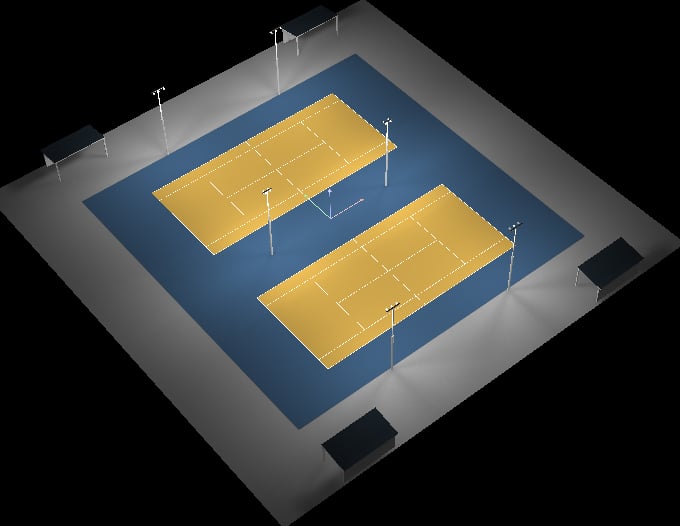
Steps for sports field lighting design
- Type and size of the sports field
- Lighting standards (illuminance and uniformity as per EN12193)
- Luminaire layout (pole positions, pole height, number of fixtures)
- Selection of luminaire(flood light or high mast light) IES, import into Dialux, and calculations (adjust or replace luminaire wattages or lenses if necessary)
- Exporting the report
Lighting calculation of exterior lighting
Apart from road lighting and sports lighting simulations, we also engage in projects concerning parking lot lighting, park lighting, and lighting for industrial park roads. Such outdoor lighting projects typically involve areas with irregular shapes and dimensions. We recommend clients provide CAD drawings and refer to EN12464-1 standards for the various illumination requirements in different areas. Subsequently, based on the positions and heights of light poles, we select appropriate wattages and lenses. Finally, these data are input into Dialux for lighting calculation. Here are the basic steps for simulating lighting in other outdoor areas. Please review case studies of exterior flood lights for walking areas.
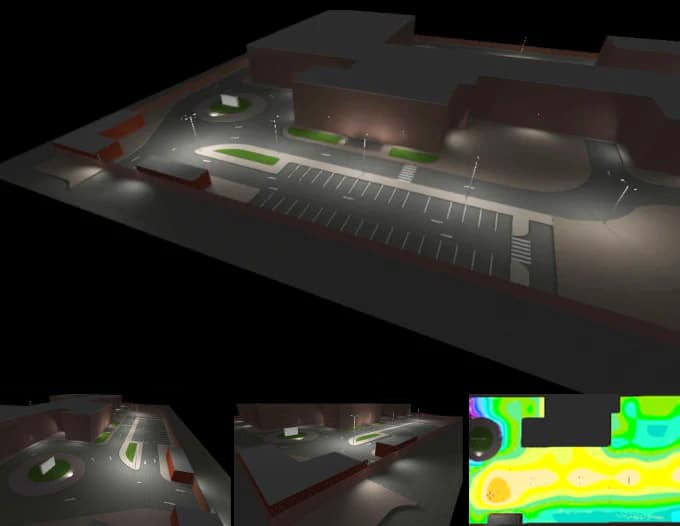
Steps for other exterior area lighting design
- Layout and size of outdoor area(CAD drawings)
- Lighting standards (illuminance and uniformity as per EN12464-1)
- Luminaire layout (positions, heights, and spacing)
- Selection of luminaire IES for calculations (adjust or replace luminaire wattages or lenses if necessary)
- Exporting the report
ZGSM LED lights with support for lighting simulation
ZGSM is a professional manufacturer of LED lights. If you have any doubts about choosing the specifications of lighting fixtures, feel free to contact us for assistance. We will recommend suitable fixtures, wattages, light distributions, and lighting layouts based on the project information. For various outdoor lighting needs such as roads, sports fields, and other outdoor areas, we have mature solutions available. ZGSM is committed to providing lighting simulation support to help you secure your projects. Below, we have listed our LED products. If you’re interested, you can check out the respective product details.
Summary
This article outlines the relevant knowledge of lighting calculation, including its significance and specific implementation methods. It particularly introduces various outdoor lighting calculation procedures such as road lighting, sports lighting, and other outdoor lighting scenarios. These steps encompass the selection of lighting standards, project drawings, fixture selection and placement, culminating in the final lighting calculation. In practical applications, continual adjustments may be necessary to ensure that the lighting design is both reasonable and optimized. Through this study, we can confidently navigate future projects, ensuring our lighting solutions meet the relevant standards, offer well-considered fixture selections and placements, and provide professional recommendations for fixture installation. For further information, please feel free to contact us.
Rated Products
Related Blogs
Related Cases
People also ask
Author introduction

Hello Customers,
My name is Taylor Gong, I’m the product manager of ZGSM Tech. I have been in the LED lights industry for more than 13 years. Good at lighting design, street light system configuration, and bidding technology support. Feel free to contact us. I’m happy to provide you with the best service and products.
Email: [email protected] | WhatsApp: +8615068758483

